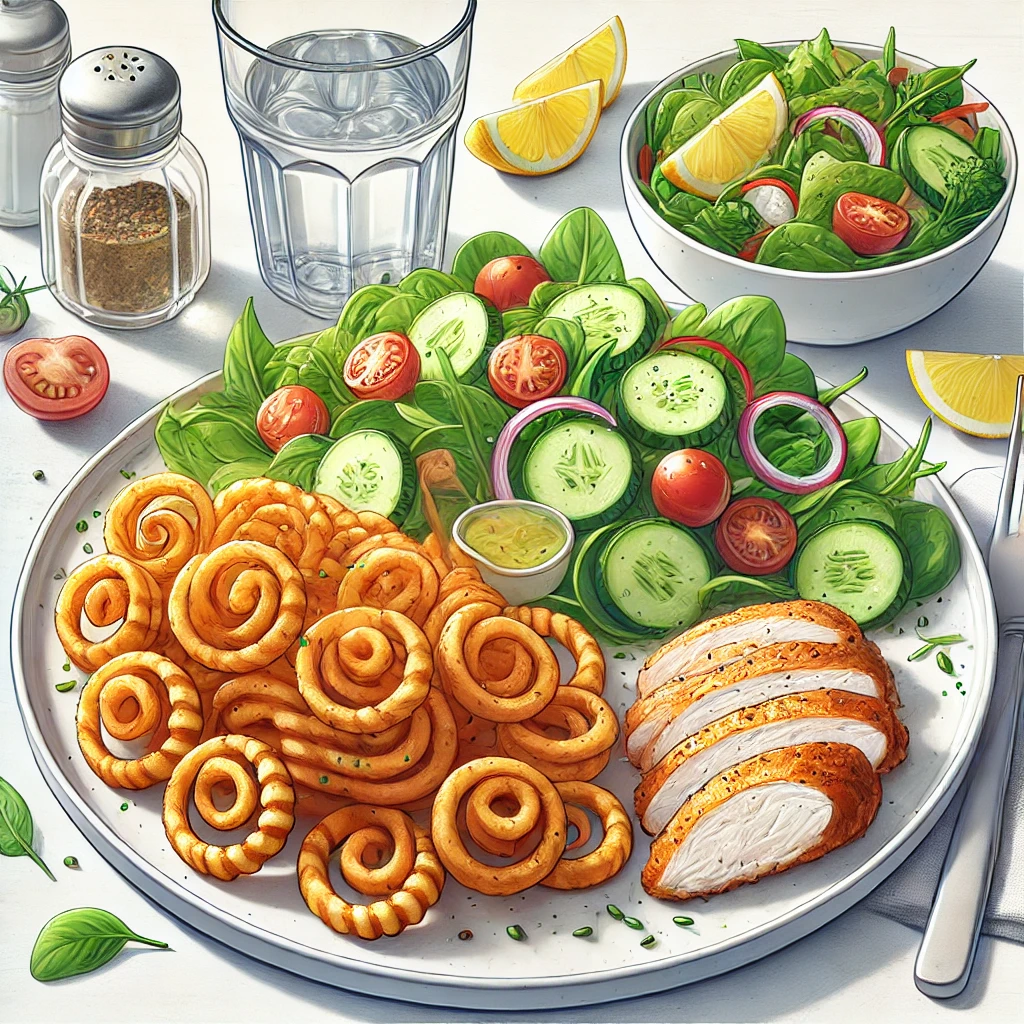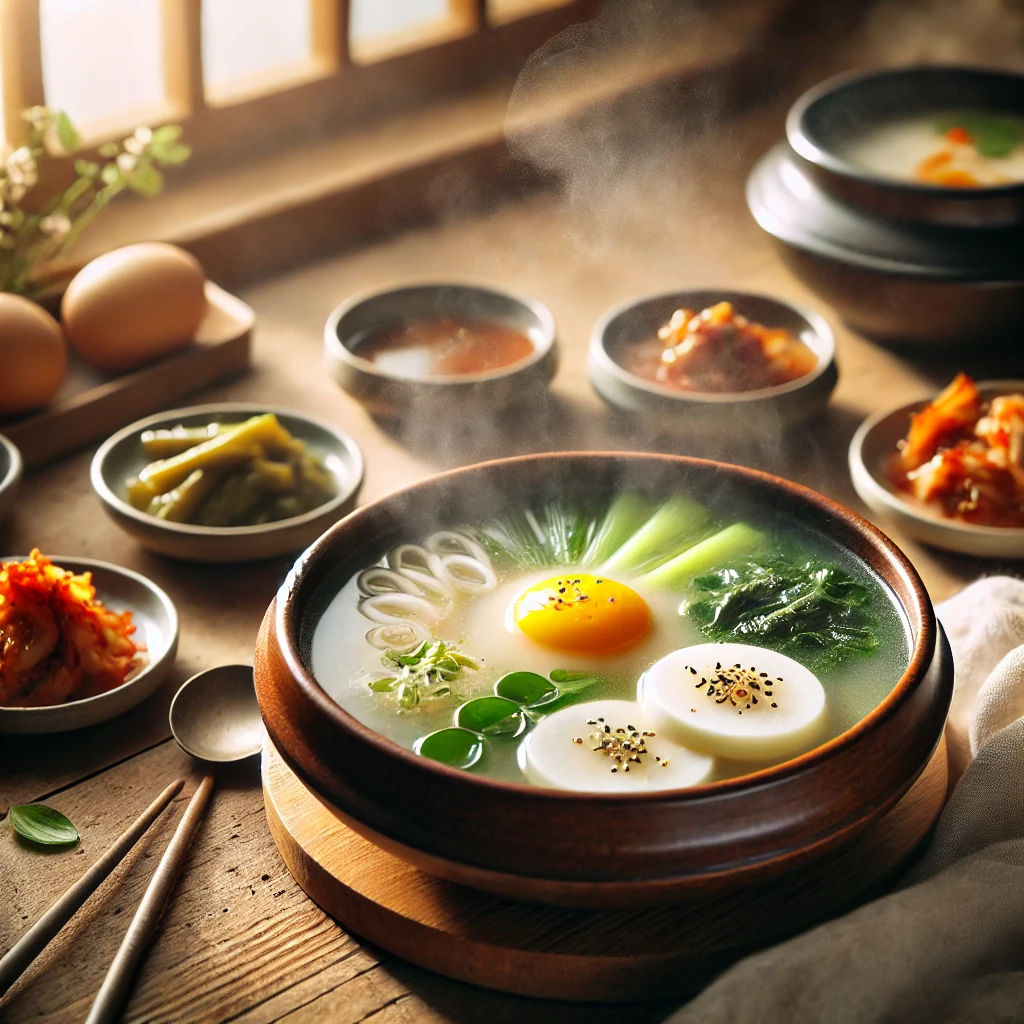Healthy Consumption Tips for McDonald’s Curly Fries
Nutritional Facts and Healthy Consumption Tips for McDonald’s Curly Fries : Advice for Diabetic and Kidney Disease Patients 1. Nutritional Facts of McDonald’s Curly Fries (Serving size: Medium size) Calories: Approximately 310–420 kcal Carbohydrates: Approximately… Healthy Consumption Tips for McDonald’s Curly Fries

